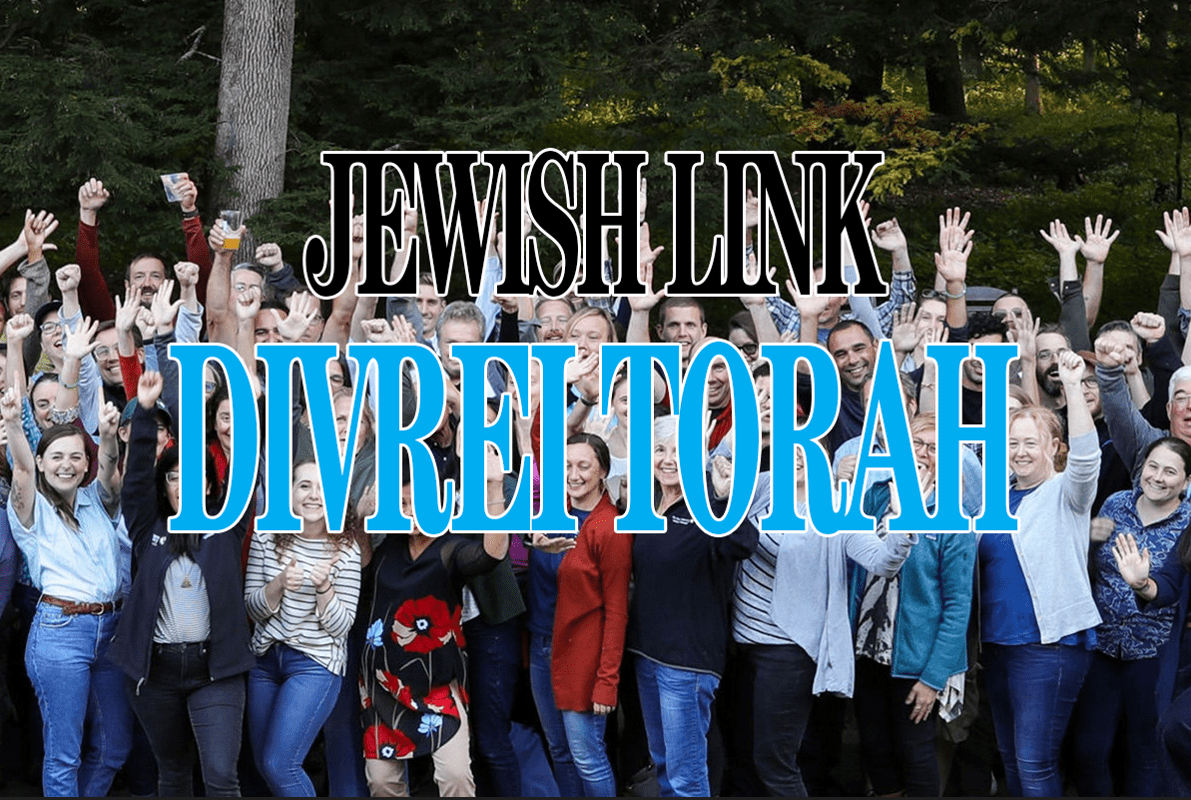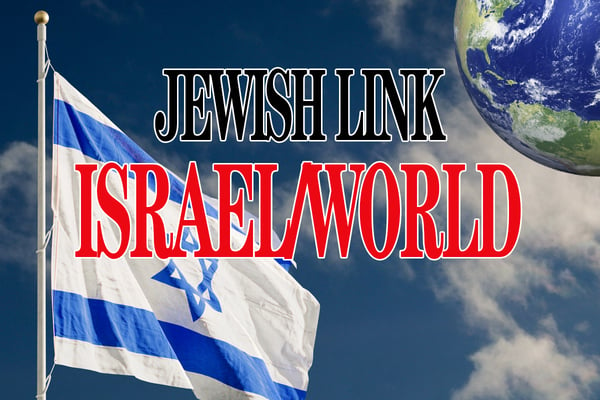My dear friend and teacher, Rav Dovid’l Weinberg of Yerushalayim Ir haKodesh related a maaseh about Reb Shalom Rokeach, Der Ershter Rov—the First Rebbe of Belz:
The Belzer Rebbe—also known also as the Sar Shalom, zt”l—enjoyed learning Gemara “baderech pilpul,”—an analytical study methodology designed to explain and reconcile any apparent or subtle contradictions presented by various ways of reading different sources. This intensive style of learning involves nuanced disputes and hairsplitting conceptual differences between halachic rulings, in an effort to reach a harmonious conclusion. In this way, one can reveal that seemingly disparate arguments in the Gemara, and their corresponding sources, actually “work together.”
Since, in general, chasidic communities in that era eschewed the “derech halimud” of pilpul, one of the chasidim questioned the rebbe regarding his surprising affinity for this method of study.
The Sar Shalom leaned back in his chair and smiled, “You see, sometimes, one comes across a difficult passage in the Gemara—a statement or citation that simply does not ‘shtim’—it just doesn’t harmonize with any other proof text or observation made elsewhere. To reconcile this seemingly contradictory passage with the others, one must think creatively and labor to find an explanation … ”
“And this is why pilpul is such an important practice,” continued the rebbe, “for, sometimes, you meet a Yid who doesn’t seem to be a reflection of the pasuk, ‘V’ameich kulam tzaddikim—And, as for Your nation, they are all righteous,’ (Yeshayahu, 60:21). However, if you are well practiced in the derech of pilpul, you will surely be able to dig deeper, labor in the sugya of that individual, and darshen on that Jew, until you arrive at the maskana, the harmonious conclusion: indeed, that they are truly a tzaddik!”
~
וַיִּחַן־שָׁם יִשְׂרָאֵל נֶגֶד הָהָר
“Israel encamped there, opposite the mountain.” (19:2)
The word “vayichan—encamped,” unexpectedly appears in the singular, as if to say, “And ‘he,’ Am Yisrael, encamped there … ” Rashi notes that it implies the whole nation was כאיש אחד בלב אחד—“… as one person with one heart.”
Rebbe Leibele Eiger of Lublin teaches that the word “vayichan” is a term of “chein—grace.” Gathered together at Mount Sinai, we all saw each other’s good points and found grace in each other’s eyes, and this is how we were unified as one person when we received the Torah.
Reb Nosson of Breslov once remarked with amazement that great Jews have been able to give “peirushim” on the entire Torah, explaining its revealed and hidden meanings—including the most complicated and brilliant Talmudic insights of the the Ashkenazic gaon, Maharam Schiff— … but who can ever give the true pshat on (the meaning of) a Yid?”
And yet, every individual from the 600,000 “root souls” of Am Yisrael is a letter in the Torah, as the letters of Yisrael stand for יש ששים ריבוא אותיות לתורה—“There are 600,000 letters in the Torah.” And the Torah is called “Toras Achas—a Torah of Oneness,” an inseparable singularity. “Your nation, they are all righteous,” because all Jews are ultimately one with the “Toras Achas.” And therefore, we are all, ultimately, unified and harmonized with one another.
The Torah of Oneness is founded upon a singular principle: ואהבת לרעך כמוך—זה כלל גדול בתורה, “And you shall love your friend, ‘the other,’ as you instinctively love and seek benefit for yourself—this divine commandment is the ‘klal gadol baTorah.’” Here, Rashi quotes a midrash, saying that to lovingly benefit others and be in harmony with them is not just one of the most important teachings of the Torah, but it is its singular central value—its one fundamental principle and goal.
The ability to truly love others is the highest spiritual attainment, and the most God-like activity that we can engage in. While Chazal place our religious experience in the context of an exclusive, intimate, inseparable relationship with the One God, the litmus test to measure our closeness is our avodah of ואהבת—to truly love and unify with our fellow Jew. And ואהבת is arguably the most “omnipresent” of all mitzvos, since in every encounter with another person we have an opportunity to uphold and fulfill this yesod, this foundational principle of kol haTorah kulah, the entire Torah of Hashem.
Just as “Ubau kulam bevris yachad—All came together in the covenant of the Torah,” may we come together by seeing, loving and serving the tzaddik in one another, and in ourselves. May we, thus, reveal the maskana—the “poshiter pshat” of our covenantal and essential oneness: אורייתא וקב”ה וישראל חד הוא—“Torah, HaKadosh Baruch Hu and klal Yisrael are one!”
Rabbi Judah Mischel is executive director of Camp Hasc, the Hebrew Academy for Special Children. He is the founder of Tzama Nafshi and the author of the “Baderech” series. Rav Judah lives in Ramat Beit Shemesh with his wife Ora and their family.









